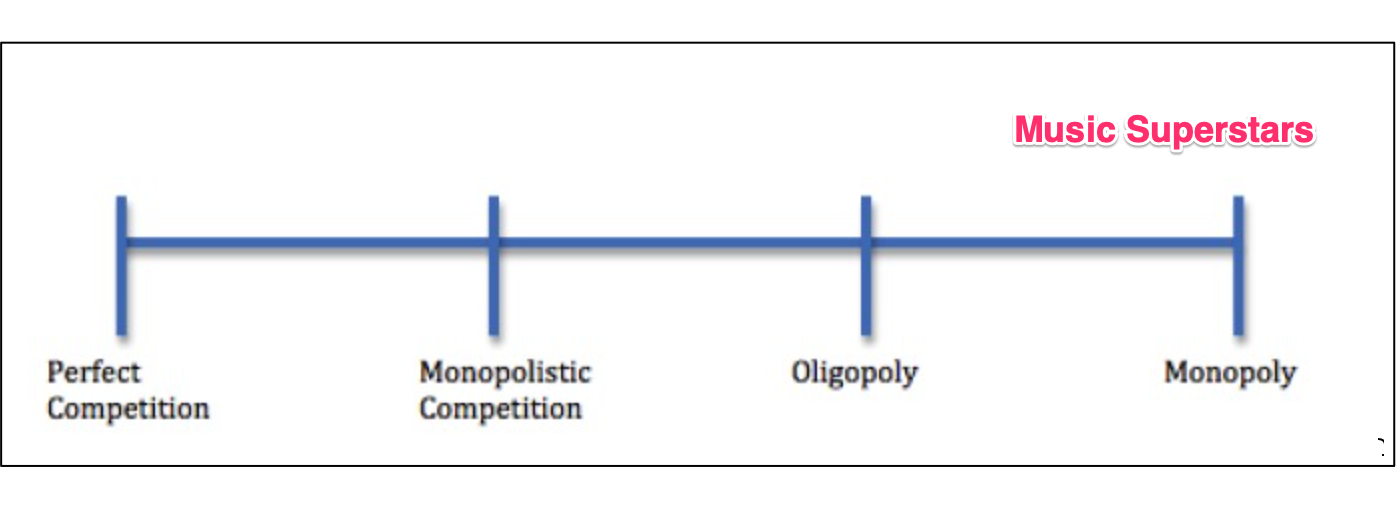Sweden recently blamed Beyoncé for the pop in its inflation rate.
The bigger question though is why music superstars earn so much. According to economist Paul Krugman, the answer is not what we would expect.
Music Superstars
As the Luciano Pavarotti of the late 18th century, Elizabeth Billington (1765-1818) was a superstar. Yes, she earned a whopping £10,000 to £15,000 in 1801. But still, her income was limited by the size of her audience at Covent Garden or Drury Lane.
Fast forwarding to the 1980s, top performers used to get a substantial cash advance to make an album. Next, they toured for several months or maybe a year and then MTV promoted their videos. Scholars said technology fueled the size of the performer’s income.
Now, taking the next step, we’ve had more income concentration. Rather improbably, it’s the concerts that again are paying the superstars. With ticket sales at $11 to $12 million for each live concert, Taylor Swift’s earns gargantuan revenue from her live performances.
Although the following graphic stops six years ago, the trend remains accurate. Five percent of all artists took home 85 percent of the revenue while for the top one percent, it was 60 percent:
Our Bottom Line: Market Concentration
In a classic 1981 paper, economist Sherwin Rosen explained the superstar earnings phenomenon. First citing the market for comedians composed of 200 participants, he says however, that a very few earn a lot. Next, mentioning classical music and economics textbooks, again he says that industry income is concentrated among a very few.
Then, asking why, he says talent and market size (and later quotes Alfred Marshall saying wealth) are the reason. Most crucially though, he adds that we would not have market size without the technology that facilitates a scale economy. Describing it further, he tells us that, rather like a public good, the seller is able to contact a vast number of buyers simultaneously. For that reason, he says it is “more advantageous to be a violinist than an accordionist…a tennis player than a bowler.”
Returning to our competitive market structure scale, we can place music superstars far to the right. Typical of the monopoly end of the scale, occupants have more control over price and entry:

So yes, we can say technology places Beyonce at the far right of our scale but really, is it the microphone? Or, as Dr. Krugman says at the end of his column, “…the technologies that matter most may also not be the ones you think.”
My sources and more: Reading Paul Krugman’s recent NY Times column, I decided to return to superstar income. Next, WSJ came in handy as did this classic study.







